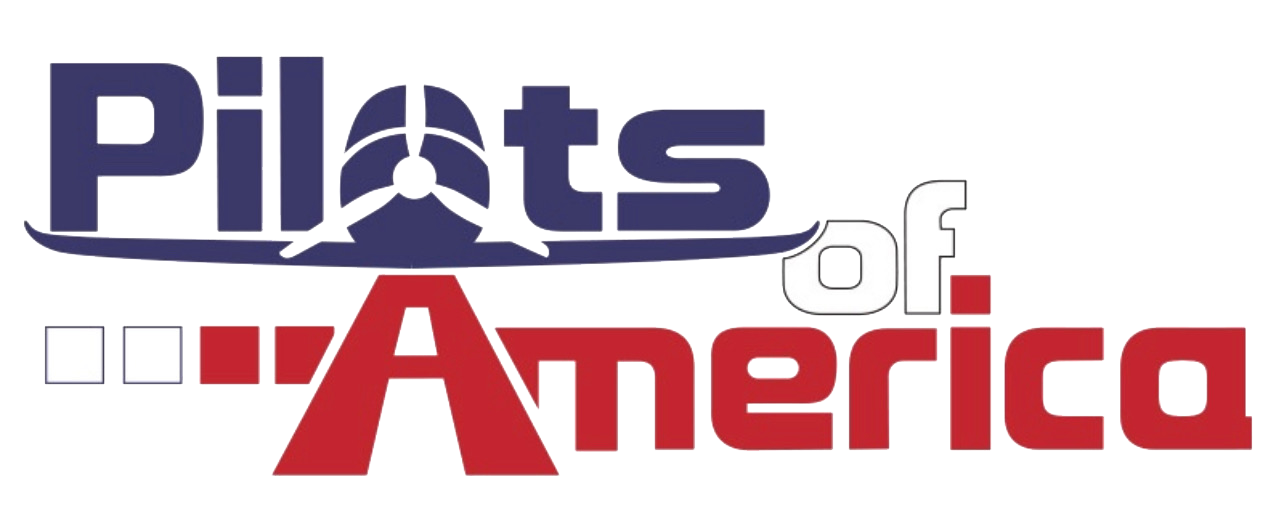Checkout_my_Six
Touchdown! Greaser!
I'm in the process of having some cylinders reworked and have the option of having my cylinders brought back to standard dimensions.....and can either have Channel Chrome or a Nikasil coating.
For about what amounts to a $400 total cost.....to have a Nikasil coating applied to all the cylinders.
Is it worth it?......I'm thinking not.
Performance-wise the Nikasil's are easier to break in and perform more like conventional steel cylinders. Chrome takes longer to break in and can use more oil.....which can be a negative for some who don't understand "where" the oil is going.
Also, CermiNil is the ECi brand name for a similar coating. Nikasil coatings are very common in the racing world and the air-cooled aluminum Porsche engines love em.
For about what amounts to a $400 total cost.....to have a Nikasil coating applied to all the cylinders.
Is it worth it?......I'm thinking not.
Performance-wise the Nikasil's are easier to break in and perform more like conventional steel cylinders. Chrome takes longer to break in and can use more oil.....which can be a negative for some who don't understand "where" the oil is going.
Also, CermiNil is the ECi brand name for a similar coating. Nikasil coatings are very common in the racing world and the air-cooled aluminum Porsche engines love em.
Last edited:









